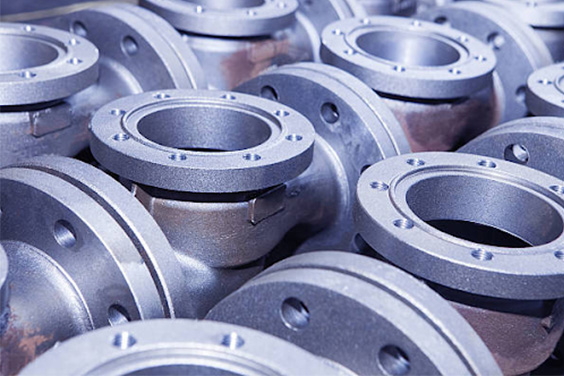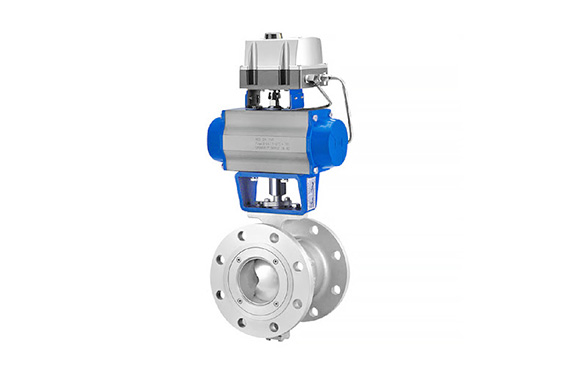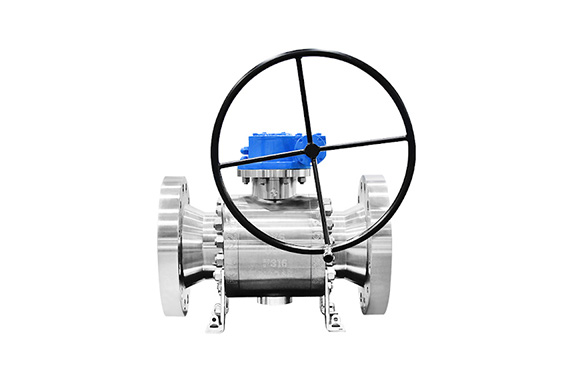What Is Slip Ball Valve

The push-to-connect slip ball valve is a ground-breaking valve that makes it simple to put in a ball valve or make a quick repair to tight copper or CPVC tubes. The slide ball valve can be utilized in locations where rigid pipes prevent movement because it permits the reduction of up to 2 inches of tube.
Simply place the slip onto the tube, then complete the connection by slipping the fitting back onto the opposite end of the pipe using the demount clip. The slide ball valve is a useful tool to keep on hand for unexpected situations or freezing restorations. The operating temperature is between 32 degrees Fahrenheit and 122 degrees Fahrenheit.
The slip ball valve uses a slide feature to make installation simple. It may also be readily installed on CPVC and copper pipes that are already in place. There will be little to no errors through easier use and quicker install times. Convenient one-lever controls make them simple to utilize and promote water supply shut-off. The industrial valves manufacturer creates a vast range of valves, each with distinctive features, capacities, and uses.
What Is Ball Valve

Ball valves are simply off or on mechanisms with a 90-degree turn. The valve’s movable ball in the center regulates the flow of gas or liquid media. The rotary ball acts as the pivot, and it is prepared with a gap in the middle. The ball is rotated to open or shut down the valve via a stem on its top. It is possible to turn the stem utilizing manual levers or automation.
The industrial ball valves can retain numerous ports or apertures in the valve. Two-port two-way ball valves are utilized for conventional on or off control and retain two ports. Applications that need more than a single source of media or that require to hinder media in various directions employ multi-port valves.
A ball valve’s port can be manually or electronically actuated to open or shut down in order to control the flow of media. In order to run the valve manually, levers or handles and a skilled operator are vital. An operator is not necessary to run the valve with hydraulic, electric, or pneumatic actuation.
Slip Ball Valve Vs Ball Valve: Brief Comparison

Here are the primary differences between the slip ball valve and the ball valve.
Materials
- Slip Ball Valve
The valve body retains lead-free DZR brass material, which ensures reliability and durability. The O-ring is made of EPDM, and the grab ring is made of stainless steel. In addition, the tube support liner is made of polysulfone.
- Ball Valve
The ball valve body is made of different materials such as Stainless steel, Bronze, Brass, Titanium, Chrome, CPVC, PVC, PFA-lined, and so on. Several types of materials are used to make seats and seals in ball valves. A few of those substances are Metal, Nylon, TMF, Delrin, Reinforced PTFE (RTFE), Ultra-high-molecular-weight polyethylene, Graphoil, Polychlorotrifluoroethene, Virgin PTFE, and Viton.
Flow
- Slip Ball Valve
The full port slip ball valve permits liquid to flow through the valve body freely.
- Ball Valve
A ball valve can be utilized to throttle or control the flow or movement of media through a system, in addition to stopping and starting. The number of flow directions a valve has is determined by its shape. The ball’s ports tend to retain a T-shaped or an L-shaped structure. The T-shape permits flow in a single direction while the other side is shut down or in two directions simultaneously. With an L-shape pipe, only a single direction of flow is possible.
Applications
- Slip Ball Valve
For subterranean and behind-the-wall installations without access panels, these valves are authorized as a manufactured joint. Installing them in wet lines is possible. Water supply, swimming pools, wastewater, and chemical feed are just a few of the uses for slip ball valves. Additionally, these valves are suitable for irrigation uses in marine, residential, industrial, commercial, and agricultural settings.
- Ball Valve
In circulating systems on ships, fire safe protection services, and chlorine producers, ball valves are frequently used. For services involving liquids, gases, and other fluids, low-point drains, and high-point vents, ball valves are used. Other applications of ball valves are device root valves, cooling water, feed water systems, steam applications, and so on. As a result of their difficulty in cleaning, their usage is a bit limited in applications involving pharmaceuticals, bioprocessing, or food and beverages.
How To Choose The Ideal Ball Valve

Check out the main factors one should consider when selecting the ideal ball valves.
Choose The Valve Size
The greater size will assure maximum liquid flow but will result in a dramatic decrease in liquid pressure. The general functionality of the building may suffer as a result. A valve that is too small will ensure that the liquid is under its maximum pressure, but it will also impede the flow. As a result of excessive pressure buildup and obstructions, it can result in maintenance problems.
Pick The Material Type
Ball valves are available in a variety of materials, including stainless steel, brass, PVC, ceramic, and others, based on the desired application sector. The material utilized to build the valve is crucial when it comes to operating in hot environments. The integrity of the valves that corrosive fluids pass through is also impacted. It is best to select a valve with corrosion-resistant features when working with corrosive fluids like wastewater.
Operating Temperatures and Pressure
Fluids vary in viscosity, which affects how quickly they flow. The liquid pressure inside the pipes is determined by this flow rate. Ball valves come in a variety of designs to handle various pressures.
Maintenance
Ball valves are typically low-maintenance components of the piping system. However, the valve’s operating setting determines the frequency and expense of maintenance. Maintenance is typically carried out more frequently in harsh conditions than it is in everyday workplaces. The maintenance schedule is also based on the valve’s quality. The higher-quality valves often last for a long time and are affordable to maintain.
Conclusion
One of the most popular valve types utilized in both industrial and domestic systems are ball valves. They are frequently employed for simple on/off services as well. To assure that the valve performs at its peak, it is essential to choose it while taking the details of each installation into account. Get in touch with a dependable valve supplier to purchase numerous valve kinds for your company’s requirements.









